Tehran and Moscow Seal 20-Year Alliance to Expand Military and Economic Ties
RUSSIA, RAKYAT NEWS — Iran and Russia have signed a landmark Comprehensive Strategic Partnership Treaty, deepening bilateral ties across military, economic, and geopolitical domains.
The agreement, inked in Moscow, reflects both nations’ intent to resist Western sanctions and promote a multipolar world order that reduces U.S. dominance on the global stage.
The sweeping treaty outlines ambitious goals, including enhanced cooperation in defense, intelligence, trade, energy, and technology. It commits both governments to oppose foreign interference and refrain from supporting separatist movements within each other’s borders—an effort to solidify internal stability amid external pressures.
A centerpiece of the agreement is robust military and defense collaboration. Article 5 provides for joint naval exercises, arms transfers, port visits, and military training exchanges. Analysts say this may fast-track Iranian access to advanced Russian weaponry, including fighter jets, air defense systems, and sophisticated missile technology.
Security and intelligence coordination also feature prominently. Article 4 mandates intensified collaboration to combat terrorism, cyber threats, and organized crime. Notably, the treaty includes a clause where both countries vow to withhold military aid from any aggressor should either nation come under attack—interpreted as a message to NATO and Israel.
To skirt Western economic sanctions, Iran and Russia have agreed to expand bilateral trade using national currencies, specifically the ruble and rial.
Article 21 supports joint investment in major infrastructure projects, such as the North-South Transport Corridor, and Article 23 outlines Russia’s commitment to assisting Iran’s civil nuclear energy development.
Energy cooperation is another pillar of the treaty. Article 22 promotes oil and gas collaboration, including technology transfers and swap agreements, while Article 19 lays out a strategy to evade Western sanctions through alternative financial systems and a coordinated legal push to block enforcement of U.S. and EU restrictions.
Regionally, the agreement envisions closer alignment in strategic zones like the Caspian Sea, Central Asia, and the Middle East. It emphasizes joint efforts to reduce what it describes as “destabilizing Western influence”, and reinforces both countries’ positions within forums like the Shanghai Cooperation Organization (SCO).
In the information domain, the treaty addresses cybersecurity and state media cooperation. Article 11 calls for the protection of national cyber infrastructure, while Article 33 lays the groundwork for coordinated media narratives to counter Western “disinformation” and amplify pro-government messaging.
Cultural and scientific exchange also received attention, with the treaty promoting academic collaboration, space research, and tourism development. Article 31 highlights plans for cooperation in space exploration, while Article 35 supports cross-border cultural and educational initiatives to build public goodwill.
The treaty is valid for 20 years, with automatic five-year renewals unless either party opts out by giving one year’s advance notice (Article 45). This long-term structure signals the strategic depth and durability of the Iran-Russia alliance.
Observers say the pact could significantly shift global power dynamics. It not only bolsters Iran and Russia’s standing but also poses challenges to U.S. foreign policy in the Middle East, Eastern Europe, and Central Asia. Increased arms transfers to Iran are likely, potentially escalating tensions across the region.
Western analysts and diplomats have expressed alarm, citing the agreement’s potential to undermine non-proliferation efforts. With Iran’s controversial nuclear ambitions and Russia’s willingness to share advanced technology, the deal is seen as a destabilizing force in an already volatile geopolitical landscape.
The Comprehensive Strategic Partnership Treaty marks a decisive moment in the evolution of Iran-Russia relations. As both countries remain under heavy Western sanctions, their cooperation may shape a new regional balance of power—one increasingly independent of Western influence. (Uki Ruknuddin)


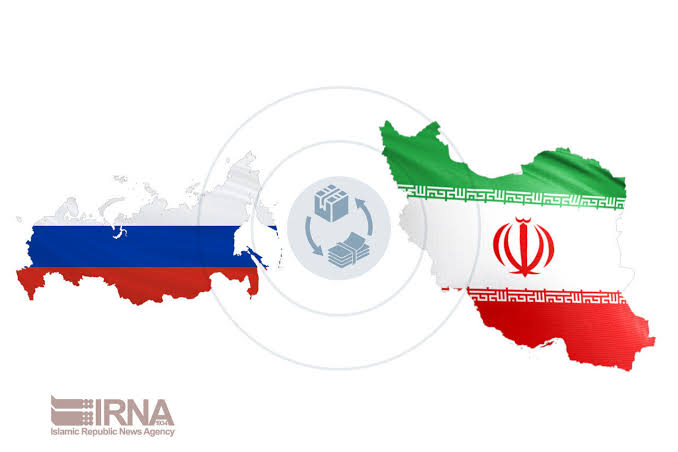






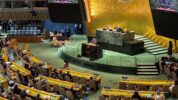






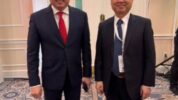
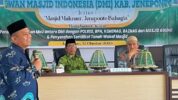




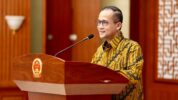




Tinggalkan Balasan